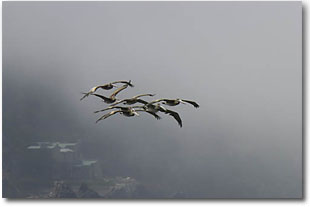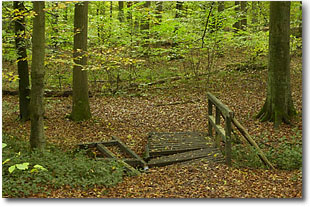|
|
 The Digital Corner
All rights reserved. Lightjet Printing To really experience the beauty of a digital photo it has to be printed. Inkjet printers reach today a level of quality which was not even thought to be possible about ten years ago. But still classic prints on photographic paper can make a digital photo just look like a "real" photo. While Inkjets create colors through dithering photographic paper show continuos tone.
First I used Calypso as a fist class lab to process our E-6 slides. At my visits I could see all these wonderful prints in Calypso's lobby. Among them prints from Frans Lanting and Charles Cramer. Also later I enjoyed the gallery of Galen Rowell where most prints on display were Lightjets. So I was very certain that not the Lightjet printing process would be the limitation but it might be our own D1 photos. Calypso has different pricing whether you they have to scan, color manage and resize the photo or the customer delivers a "ready for print" file (Calypso has the guidelines and profile necessary online here). I always prefer to have as much control myself especially if it also saves money. So only the second option could be our choice and is highly recommended. We made 3 test prints in 16x20" (matte, glossy is more critical to cracks or finger prints). The results were very impressive. If you have your monitor correctly calibrated the colors are just what you expected. Here is what we did to deliver the ready files to Calypso (can be also found in their clear guidelines):
Especially the colors look very natural (neither overly vivid nor dull). To fine tune sharpening we might need some more tests. Please understand that the results were just great but if you inspect the image in all detail you might find artifacts from the GF resizing and also from sharpening with Nik Sharpener. Lightjet prints on Fuji Crystal Archive paper should last about 60 years and are accepted by galleries and museums. Needless to say that printing at Calypso on the Lightjet is highly recommended. About the images...
US-NPN 109 Comments on this column? Send them to the editor.
The Steinmuellers moved to California in 1997 and have been working seriously with digital photography since 1999. The Nikon D1/D1x/Kodak 760 are their digital cameras of choice today. Uwe is the editor of Digital Outback Photo, a web magazine dedicated to high quality outdoor photography using state-of-the-art digital SLRs. Other web sites include photodotcom.com and californiaplaces.com. |
|
|
 Through an article by Galen Rowell
Through an article by Galen Rowell  Final Observations
Final Observations Uwe Steinmueller (born 1947) started his photography with his wife
Bettina in Germany 1973.
Uwe and Bettina use a joint copyright for all photos, as they often do not
even know or care who took
the photograph. Their first joint exhibition took place in Bremen, Germany in 1978.
Uwe Steinmueller (born 1947) started his photography with his wife
Bettina in Germany 1973.
Uwe and Bettina use a joint copyright for all photos, as they often do not
even know or care who took
the photograph. Their first joint exhibition took place in Bremen, Germany in 1978.